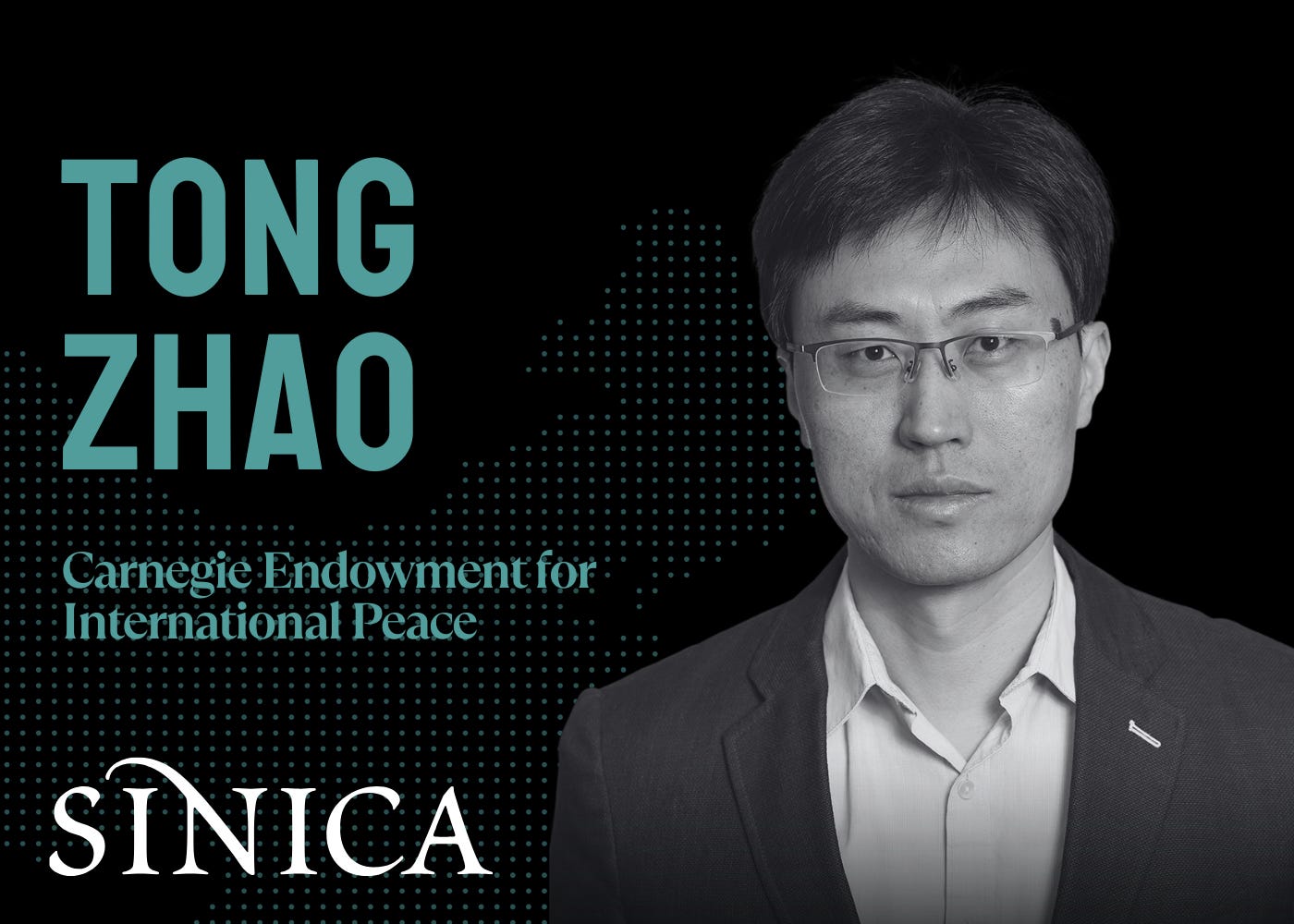Transcript | Carnegie's Tong Zhao on the Expansion of China's Nuclear Arsenal
Below is a complete transcript of the episode. Thanks to CadreScripts for their great work, to Oana Grigor and Natalia Polom for checking and formatting, and to Zhou Keya for the image! Listen in the embedded player above.
Kaiser Kuo: Welcome to the Sinica Podcast, a weekly discussion of current affairs in China. In this program, we’ll look at books, ideas, new research, intellectual currents, and cultural trends that can help us better understand what’s happening in China’s politics, foreign relations, economics, and society. Join me each week for in-depth conversations that shed more light and bring less heat to how we think and talk about China.
I’m Kaiser Kuo, coming to you today from Washington, D.C.
Sinica is supported this year by the Center for East Asian Studies at the University of Wisconsin-Madison, a national resource center for the study of East Asia. The Sinica podcast will remain free, but if you work for an organization that believes in what I’m doing with the show, please consider lending your support. You can get me at sinicapod@gmail.com. And listeners, please support my work at www.sinicapodcast.com. Become a paying subscriber and enjoy, in addition to the podcast, the complete transcript of the show, essays from me, as well as writings and podcasts from some of your favorite China-focused columnists and commentators. Do check out the page to see all that’s on offer and consider helping me out.
Be sure also to check out the new show China Talking Points, now available on YouTube and streaming live every other week. I’ve spent the last couple of days here in Washington at the offices of the Carnegie Endowment for International Peace, participating in a two-day workshop on U.S.-China Strategic communications around nuclear risk organized by Rethink Media. It’s a topic that, frankly, gets surprisingly little attention, but really, there’s no dimension of the U.S.-China relationship where genuine strategic empathy is more critical.
It’s not just about putting ourselves in the other’s shoes, as it were, but really attempting real cognitive empathy, trying to honestly understand the full range of strategic, ideological, intellectual, even emotional factors that shape the Chinese leadership’s thinking. My guest today is someone who embodies this kind of disciplined grasp of adversary perceptions that Robert Jervis spent a career urging the kind of security dilemma sensibility that calls not just for caution, but for informed empathy.
Zhao Tong is a senior fellow in the nuclear policy program here at Carnegie, and one of the most respected, probably the most widely respected voice, here on China’s Nuclear Doctrine on Strategic Thinking and Arms Control Posture. Zhao Tong, thank you so much for making time to speak with me and for hosting me here in your office, 老乡 (lǎoxiāng), you’re also Hunanese like me, I just learned.
Zhao Tong: It’s great to see you after following your work for so many years, Kaiser, and it’s great pleasure to be here.
Kaiser: The honor is entirely mine. Well, let’s jump right in. Well, let’s start maybe at the level of first principles, because I think this is really the first time I’ve talked about this on the program, and you’re such an authority. What is China’s nuclear doctrine actually for? How do Chinese leaders think about the utility of nuclear weapons beyond deterrence?
Zhao Tong: Well, in fact, China has never provided, for itself, explanations on its nuclear doctrine. There are a few key principles on how to approach nuclear issues, how to employ, potentially employ nuclear weapons. Those were set decades ago by the first generation of China’s paramount leaders — Mao Zedong, Deng Xiaoping, Zhou Enlai, etc. And one of those major principles is China’s No First Use policies. So, China commits to never being the first to use nuclear weapons under any conditions. Other than that, China, by the fact of maintaining a very small nuclear arsenal for decades, has been widely believed to have so-called a minimum nuclear deterrence strategy.
And China is thought to want to keep a very small nuclear arsenal, which is only sufficient to absorb a nuclear first strike and having enough nuclear weapons to survive. And then China could use the small number of surviving nuclear weapons to conduct an effective retaliation by imposing unacceptable damage to the U.S. homeland. So, that is described by scholars as a minimum nuclear deterrence strategy. I think, for a long time, it generally aligns with China’s new care thinking, even though the Chinese government has never explicitly called its nuclear doctrine as a minimum nuclear deterrence. The only recent exception is when Chinese diplomats who use this term, but it’s hard to know whether that reflect the authoritative thinking of the entire Chinese system.
Keep reading with a 7-day free trial
Subscribe to Sinica to keep reading this post and get 7 days of free access to the full post archives.



